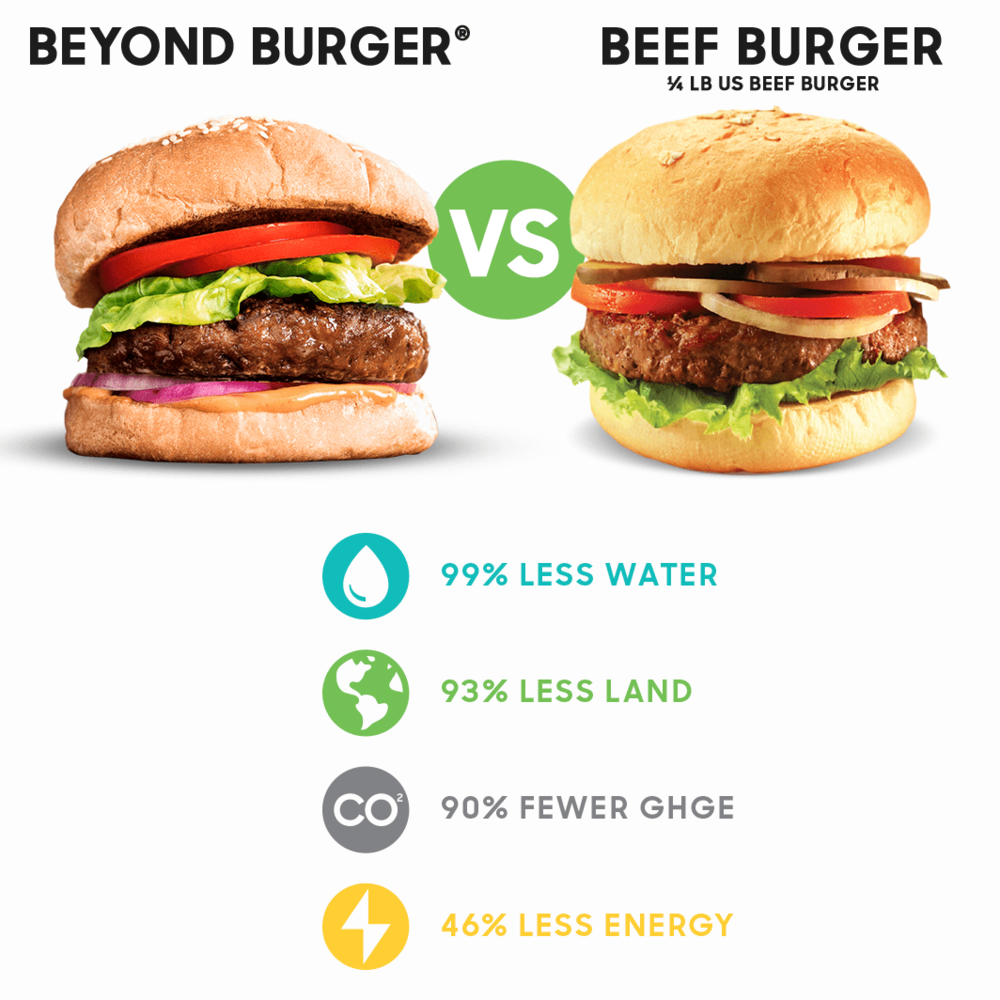As our population grows so does our demand for water, leading to tension surrounding our water resources. More than 1 billion people worldwide lack access to water, and 2.7 billion people lack access for at least one month out of the year.
Water shortages aren’t just caused by an increasing population. Inefficient water use for crops, increasingly severe droughts due to climate change and pollution due to fertilizers and pesticides all contribute to water scarcity.
While in more developed areas like the US and the UK where water is seemingly abundant these issues of water scarcity don’t seem prevalent, everyone around the world has a responsibility to treat water as a scarce resource. Here are 5 ways you can reduce your water consumption in your home and through your lifestyle.
1.) Calculate your water footprint
Calculating your water footprint is the first step to take in your efforts to conserve water. Understanding what aspects of your life require the most water can help you make the most effective changes to reduce your water use. Calculate your footprint here: https://www.watercalculator.org/
2.) Change your diet
While all food products require water, some require more than others. Meat and dairy are the top consumers- especially beef. One Beyond Burger requires 99% less water than a traditional beef burger. A good rule of thumb is to eat lower on the food chain- opt for plant-based foods like vegetables, legumes and fruits, and avoid meat dairy and eggs. However, this rule of thumb doesn’t always apply, with nuts, coffee and wine all requiring a large amount of water.

3.) Install water-efficient appliances and fixtures
According to the EPA, if every household in the U.S. installed a low-flow showerhead, 250 billion gallons of water would be saved annually. According to EnergyStar, WaterSense faucets use 20% less water than conventional ones, and high-efficiency clothes washers use 30-50% less water. These appliances and fixtures will shed cents off your water bill and liters off your water footprint.
4.) Use less energy
Power plants are high consumers of water, so reducing your energy use can reduce your water footprint. Installing efficient appliances, turning off your lights when you leave the room, unplugging appliances when they aren’t in use and making sure there are no air leaks in your windows and doors are all great ways to save energy in your home.
5.) Buy used clothes and electronics
One new t-shirt requires 2700 liters of water to produce and one new pair of jeans requires over 8,000 liters. Buying used clothes in charity shops or from online platforms or simply opting to swap clothes with friends rather than go shopping can offset this water demand and decrease your water footprint. Buying used electronics can do the same, as one iPhone takes around 240 gallons of water to produce.


Kayla Guilliams
is the blog manager for Zero Waste Club, combining her love for writing with her passion for all things environmental sustainability. She is currently a student at the University of North Carolina at Chapel Hill where she is studying journalism, environmental studies, and food studies in hopes of building a career in environmental activism. You can find her on Instagram as @kaylaguilliams.
